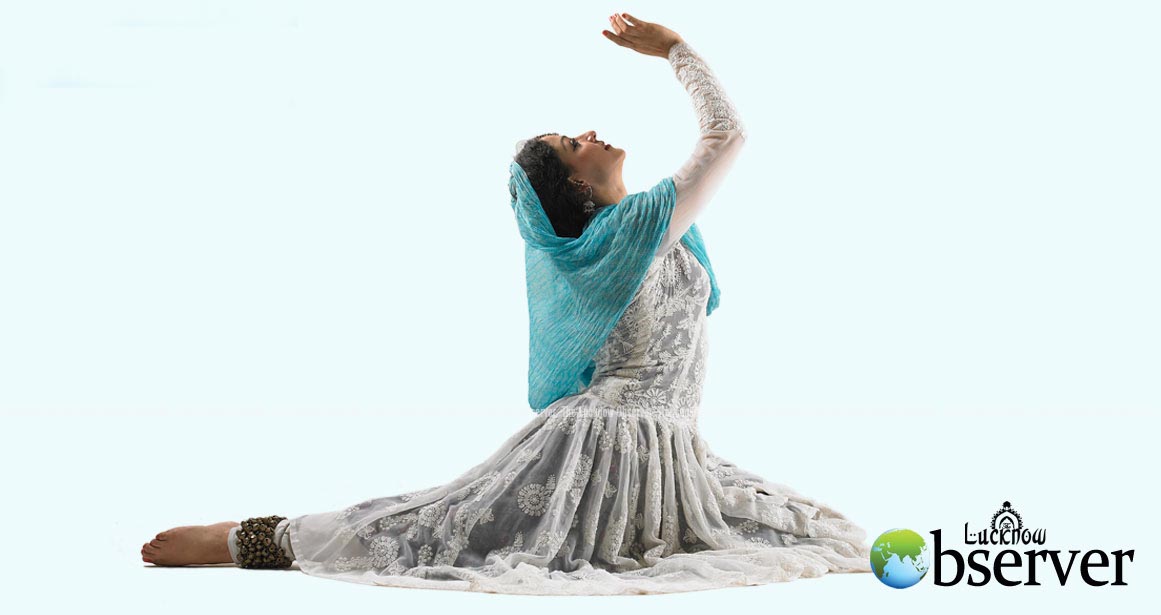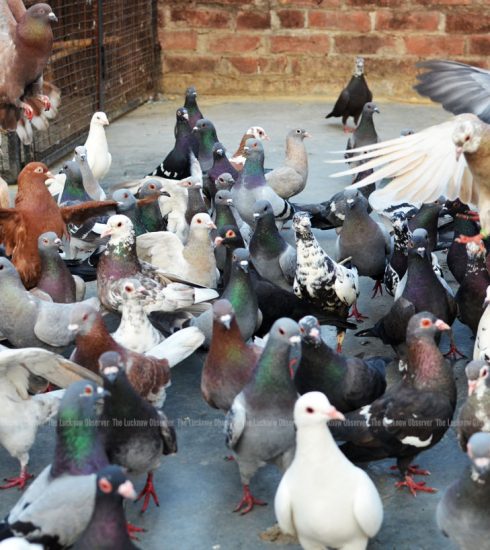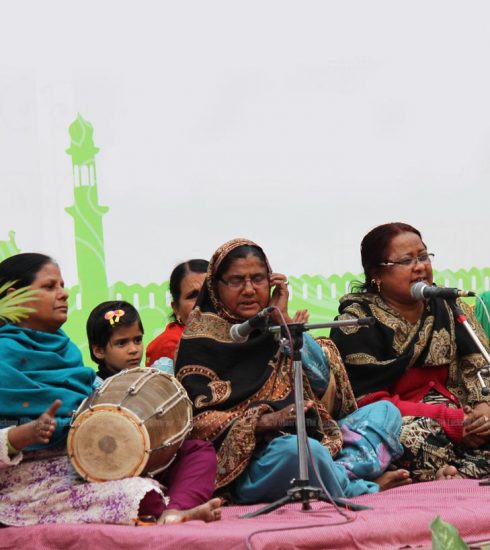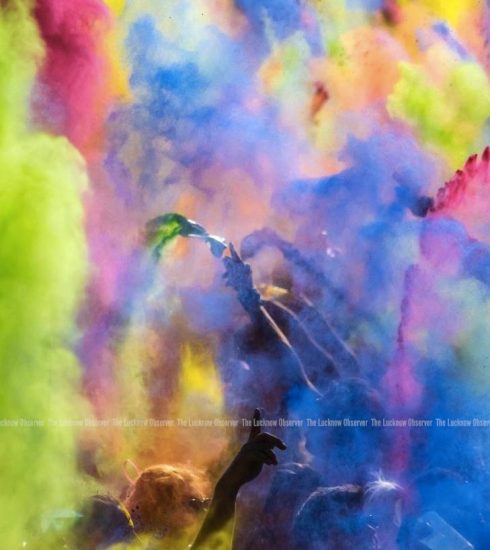Words in Motion
TLO explores Kathak, the dance that is admired globally
Among many Indian dance forms, Kathak stands out as the most graceful of all. With origins dating back to the Bhakti movement in the 16th century, it is one of the most important north Indian dance forms.
The name Kathak has been derived from Sanskrit word ‘katha’ meaning story. The emergence of Raslila in the 15th century was a major turning point for the origin of Kathak. Lucknow is one of the main gharanas for Kathak, others being Varanasi, Jaipur and Raigarh.
In Lucknow, Kathak flourished mainly in the court of Nawab Wajid Ali Shah. The Lucknow style of Kathak dance is characterised by graceful movements, elegance, precision and delicacy. This dance type in Lucknow artistically combines with classical music like thumri, dadra and horis.
Presently, Pandit Birju Maharaj, son of Pandit Achchan Maharaj is considered as the pioneer of the Lucknow gharana. Bhatkhande in Lucknow is one of the main school for Kathak in present times.
The Lucknow gharana also embellished Kathak performances by tawaifs (nautch girls), who themselves developed the art into a parallel refinement. They performed on lighter classical music like dadra, tappa or kajri. The tawaifs incorporated some innovative expressions, termed as nakhra, or mischievous playfulness. They developed new details and interchanged ideas which helped consolidate the range of Kathak. It has influenced many other art forms. For instance, kathak yoga is a technique where the dancer matches the rhythms on the beats of taal, using steps of kathak.
Similarly, the Spanish flamenco dance form, is greatly inspired by Kathak. It is also believed that Kathak gives expression to words. Many sufi followers find Kathak the most suitable form of dance for sufi songs or sayings. In present times, most of the traditional dance forms are not indulged in by common people. It has become a selective hobby for people who are passionate.
The gharana’s popularity is not to India alone. It is well appreciated overseas. Natalia Hildner from United States is one enthusiast, who has a passion for Kathak dance. Trained by Pandit Birju Maharaj, she is a vocal propagator of this art form.
She is of the opinion that “dances are not born out of the blue.”
A famous contemporary dance choreographer, Pina Bausch, once said, “…to understand what I am saying, you have to know that dance is something other than technique. We forget where the movements come from. They are born from life.”
She further points out that much of what we recognize as Kathak today was born in Lucknow. It is not hard to recognize this. Where did its nazaqat, nafasat, salaami, thaat, mizaaj, and andaaz come from?
“Above all, the charm of Kathak is the philosophy that less is more. Movements and expressions should not be exaggerated or they will become ‘zabardasti’ or forced. This is what distinguishes Kathak from other forms of dance, its natural ada or grace,” she says.
“Due to my international work experience, I have had the opportunity to take Kathak abroad and even within India itself. People from the U.S., Middle East, Latin America, and Europe are touched when they see this dance style.”
Now more than ever before, Kathak, as one of the leading classical dance styles in India, is increasingly transcending international borders. Very few people realise that Kathak is evolving with every generation. It takes the best from the past and reinvents for the ever-changing present. It makes us question who we are, why are we dancing, and how we can tell our stories.
Kathak is not just a dance, but also a journey of self-discovery. Relating to something involves more feeling than thinking. I never saw connecting to Kathak as a choice. Rather, the moment I saw Kathak, it was like falling in love. I was only four years old and thanks to my parents, they would often take me to festivals and concerts to see many different dances and music from around the world. The first time I saw Kathak it was different from anything else – I will never forget – the moment I saw it I knew it was the most beautiful thing I had ever seen and that this art form a I would be together forever.
Kathak communicated something beyond this world…from its stories to its poetry, from its rhythm to its virtuosity, from its depth to its playfulness, from its colloquial flavour to its elegance, and from its grace to its power.









